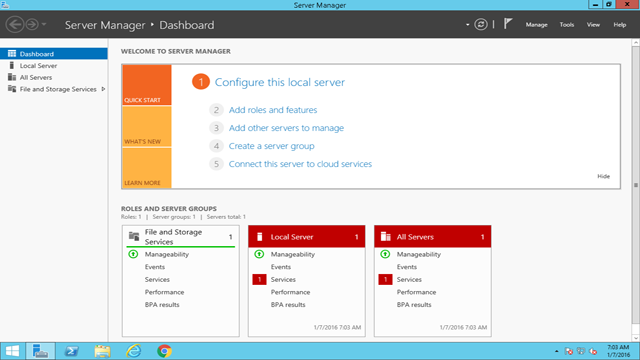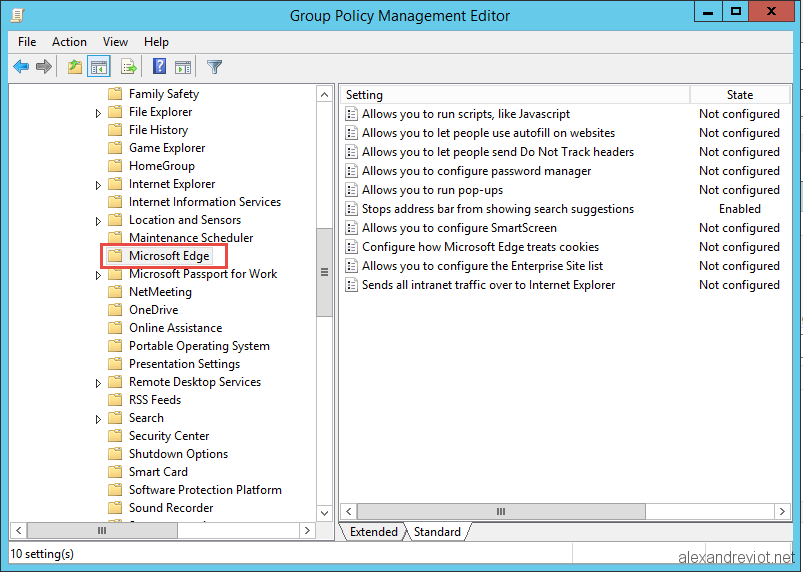
This allows much easier "point and click" configuration, and monitoring of the Hyper-V Server. However, administration and configuration of the host OS and the guest virtual machines is generally done over the network, using either Microsoft Management Consoles on another Windows computer or System Center Virtual Machine Manager. In addition, Hyper-V Server supports remote access via Remote Desktop Connection.

A menu driven CLI interface and some freely downloadable script files simplify configuration. Hyper-V Server 2008 is limited to a command-line interface used to configure the host OS, physical hardware, and software. It consists of Windows Server 2008 Server Core and Hyper-V role other Windows Server 2008 roles are disabled, and there are limited Windows services. Hyper-V Server 2008 was released on October 1, 2008.

The finalized version was released on Jand was delivered through Windows Update. The last version of free Hyper-V Server is Hyper-V Server 2019, which is based on Windows Server 2019.Ī beta version of Hyper-V was shipped with certain x86-64 editions of Windows Server 2008.

A standalone Windows Hyper-V Server is free, but has a command-line interface only. Hyper-V was first released with Windows Server 2008, and has been available without additional charge since Windows Server 2012 and Windows 8. A server computer running Hyper-V can be configured to expose individual virtual machines to one or more networks.

Starting with Windows 8, Hyper-V superseded Windows Virtual PC as the hardware virtualization component of the client editions of Windows NT. Microsoft Hyper-V, codenamed Viridian, and briefly known before its release as Windows Server Virtualization, is a native hypervisor it can create virtual machines on x86-64 systems running Windows. com /en-us /virtualization /hyper-v-on-windows /about / Windows 8, Windows 8.1, Windows 10, Windows 11 (圆4 Pro, Enterprise and Education)ĭocs.


 0 kommentar(er)
0 kommentar(er)
